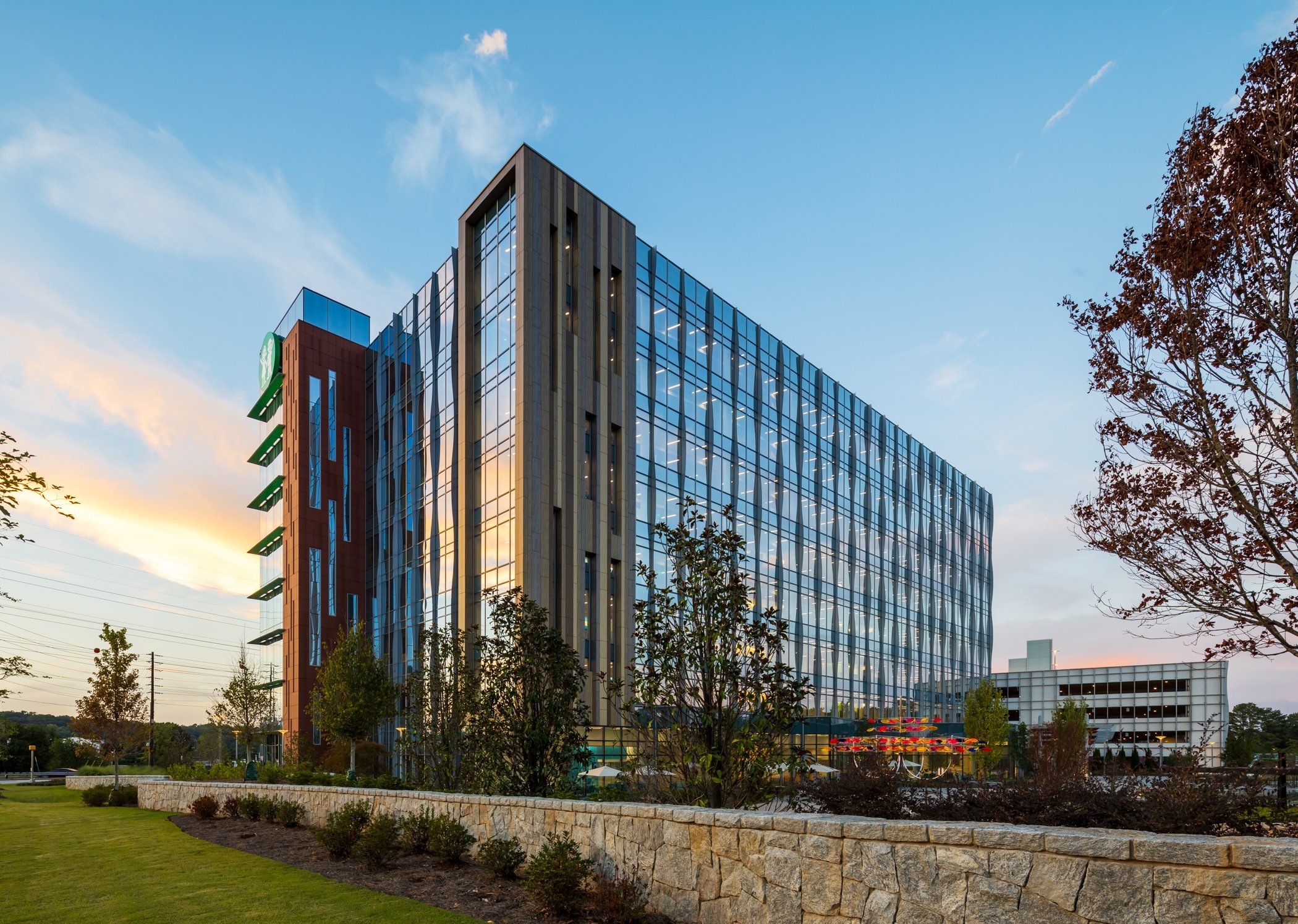Introduction
LEED-certified construction has become increasingly popular in recent years as more and more people recognize the importance of sustainable building practices. The Leadership in Energy and Environmental Design (LEED) certification is a globally recognized symbol of sustainability achievement in the construction industry. This article explores the significance of LEED-certified construction and its impact on the environment.
What is LEED-certified construction?
LEED-certified construction refers to the process of designing and constructing buildings that meet the stringent criteria set by the U.S. Green Building Council (USGBC) for sustainable building practices. These criteria cover various aspects of a building’s design, including energy efficiency, water conservation, indoor air quality, and materials used.
The benefits of LEED-certified construction
LEED-certified buildings offer numerous benefits. First and foremost, they are energy-efficient, resulting in lower energy consumption and reduced greenhouse gas emissions. Additionally, they promote water conservation through the use of efficient fixtures and systems.
LEED-certified construction also prioritizes indoor environmental quality, ensuring occupants’ health and well-being. The materials used in these buildings are carefully selected, considering factors such as their environmental impact, durability, and recyclability.
Environmental impact
LEED-certified construction plays a crucial role in reducing the environmental impact of buildings. Traditional construction methods often contribute to deforestation, pollution, and excessive energy consumption. In contrast, LEED-certified buildings minimize these negative effects by integrating sustainable practices.
By utilizing renewable energy sources, such as solar power or geothermal heating and cooling systems, LEED-certified buildings significantly reduce their carbon footprint. The use of environmentally friendly materials, such as recycled or locally sourced ones, further reduces the overall environmental impact.
The future of sustainable construction
As the world becomes more environmentally conscious, the demand for LEED-certified construction continues to grow. Governments, businesses, and individuals are increasingly recognizing the importance of sustainable building practices in mitigating climate change and promoting a healthier environment.
LEED-certified construction is not limited to new buildings. Existing structures can also undergo renovations to meet LEED standards, ensuring that older buildings become more energy-efficient and sustainable.
Conclusion
LEED-certified construction is a vital step towards creating a sustainable future. By prioritizing energy efficiency, water conservation, and indoor environmental quality, these buildings significantly reduce their environmental impact. As the world focuses on combating climate change, LEED-certified construction is poised to play a crucial role in shaping the future of the construction industry.
